Foreign policy positions and militarization steps
Foreign policy positions and militarization steps
The European Commission and High Representative for Foreign Affairs and Security Policy released “Preserving Peace – Defense Readiness Roadmap 2030” on October 16.
European Commission President Ursula von der Leyen explained the need for this Roadmap by saying “The recent threats have shown that Europe is at risk”.
The Roadmap is built on the “White Paper for European Defense” published in March 2025. By reviewing the progress on it at its October 2025 meeting, the European Commission “translated the White Paper and the guidance provided by the European Council into clear objectives, milestones with concrete dates for deliverables, and indicators to track progress”.
For our readers not eager to delve into the details of the Roadmap, we present 9 takeaways.
1- What readiness means
First, we start with the definition of “readiness”:
“Achieving full defense readiness means that Member States’ Armed Forces can anticipate, prepare for and be able to respond to any defense-related crisis, including high intensity warfare. It requires well-equipped and resourced armed forces that are coherent and interoperable, adequate training and a doctrine for the use of military force. In a nutshell, Europe’s readiness demands that collectively it reaches the capability targets based on Member States’ undertaken commitments, including within NATO.”
2- Ukraine and “Russian threat”
So, Europe must be ready for what? The Roadmap reads, “The need to speed up and ramp up efforts reflects the increasing dangers of today”. Foremost, the “militarized Russia poses a persistent threat to European security for the foreseeable future”:
“This starts with Russia’s unprovoked, full-scale military aggression against Ukraine, which is reaching new heights of brutality and violence. Reckless provocations and acts of hybrid warfare against Member States, from cyberattacks to violation of air space are increasing. Russia has militarized its economy and society. In 2025, its declared defense budget will surpass 7% of GDP. Around 40% of its budget in 2025 is for security and defense. This militarized Russia poses a persistent threat to European security for the foreseeable future.”
In the face of this Russia, Europe has a two-directional mission in Ukraine:
“Making Ukraine a ‘steel porcupine’ – indigestible to any invaders – is as important for Ukraine’s security as it is for Europe’s. Europe’s defense readiness efforts should further strengthen Ukraine and ensure Europe benefits from Ukraine’s battlefield experience, innovative ingenuity, effective civ-mil cooperation and ramped-up industrial capacity.”
3- “International order is being challenged”:
The “increasing dangers of today” that Europe must prepare for isn’t limited to Russia. Dangers extend from Gaza and the Middle East to Africa, from Asia-Pacific to the Arctic. Also, the “international order is being challenged”:
“Europe’s readiness must be rooted in the wider global context with a 360° approach. We cannot be blind to threats from other parts of the world. The international order is being challenged. Strategic competition is increasing in our immediate and wider neighborhood, but also far beyond. From Gaza and the Middle East to several latent or open conflicts in Africa, from increasing tensions in the Asia-Pacific to the Arctic, flashpoints are multiplying. Authoritarian states are increasingly interfering in our societies and economies. Traditional allies and partners are shifting their focus to other regions of the world. Finally, we must contain horizontal threats such as terrorism, proliferation of weapons of mass destruction and the security consequences of climate change.”
4- Sense of urgency
In the face of these dangers,as in the words of its officials and member states’ leaders, although being quite neutral in wording with its reportive technical character, the sense of urgency prevails in the Roadmap. In the introductory remarks, it says:
“What Europe and its Member States do for the rest of this decade will shape the security of the continent for the whole century. By 2030, Europe needs a sufficiently strong European defence posture to credibly deter its adversaries and respond to any aggression. To be ‘2030 ready’, Europe needs to move now.”
In fact, the Roadmap acknowledging 2030 is an “ambitious endeavor” uses the word “urgency” itself: “The wheels are in motion. When Europe works with a sense of urgency, results are delivered.
Building a credible EU defense readiness in five years is, by any standards, an ambitious endeavor. But if we achieve clarity on goals, match our objectives with the necessary resources, act in a coordinated way and work against precise timelines, it can be achieved.
(…)
Europe needs to agree on projects, investment and contracts already now, for its readiness by 2030”.
5- Developing and acquiring the capabilities for modern warfare
So, Europe must be ready and do it urgently. What does it amount to in concrete military terms? The Roadmap identifies “initial priority capability areas”:
“At the core of the readiness objective is ensuring that Europe has the full spectrum capabilities needed to deter any aggression and to defend its borders by land, air and sea, as well as its networks and assets in cyber and outer space. Member States have identified the following initial priority capability areas:
“The key for Europe’s defense readiness is to close the existing critical capability shortfalls by developing and procuring defense capabilities in all the agreed priority areas.”
6- More investment
In order to “close the existing critical capability shortfalls by developing and procuring defense capabilities in all the agreed priority areas”, the Roadmap writes Europe must invest more. After decades of under-investment in defense, Europe reversed the course and now should build on the work already started. With figures by years, the Roadmap states:
“This should build on the work already started. Europe has turned the corner on decades of under-investment in defense. Member States increased defense budgets from EUR 218 billion in 2021 to EUR 343 billion in 2024, projected to reach EUR 392 billion in 2025. Defense investments rose by 42% in 2024, with EUR 106 billion allocated, and procurement of new equipment reached EUR 88 billion. New EU instruments were presented, like the European Defense Industry Program, and a new strategic framework was provided with the White Paper for Defense Readiness. The ReArm Europe agenda will mobilize up to EUR 800 billion for defense, including through new funding instruments such as SAFE. The spending commitments undertaken by Allies at the June 2025 NATO Summit to reach the new core defense spending target of 3.5% GDP by 2035 will require sustained expenditure in the next decade of at least additional EUR 288 billion each year. This increased spending must pay off in terms of jobs, innovation and competitiveness in Europe.”
“Engine for growth”
The Roadmap puts forward that investment in defense would be an “engine for growth” in general:
“A strong, resilient and technologically innovative industrial base, with its roots in the EU, is a key component of Europe’s deterrence and both its physical and economic security. It is also an engine for growth, given the size of the EU market, employment potential and the spill-over effects on the wider economy.”
Reskilling 600,000 people by 2030
To achieve this objective, there is a need for skilled workers, “reskilling 600,000 people by 2030”:
“The European defense industry needs skilled workers. Within the Pact for Skills, the Large-scale Skills Partnership in Aerospace and defense is working on skills forecasting, upskilling and reskilling programs, and talent engagement, to support Member States to reskill 600,000 people for the defense industry by 2030. The EU Skills Guarantee can also help transit workers from sectors at risk to strategic sectors, such as the defense industry.”
7- Battlefields of tomorrow
Mentioning the “changing nature of warfare”, the Roadmap urges the member countries to invest in a way that enables “technological innovation and iteration” that would ensure Europe is ready for the “battlefields of tomorrow”:
“To ensure peace through deterrence, Europe’s defense posture and capabilities must also be ready for the battlefields of tomorrow, in line with the changing nature of warfare. Technological innovation and iteration – developed at speed and scale and building on dual-use solutions – will dictate strength on the battlefield. Those that develop their own technologies will be the strongest and least dependent, notably for the critical systems of modern warfare, such as drones, satellites or autonomous vehicles.”
“Readiness Flagships”
To invest, there is a top urgent among “urgents”. The Roadmap sets forth initial “European Readiness Flagships” that need to be invested “massively and in a coordinated manner in pan-European projects that will shield Europe as a whole against those pressing threats”.
There are four: the European Drone Defense Initiative, the Eastern Flank Watch, the European Air Shield and the European Space Shield. Brief descriptions of each are as follows:
The European Drone Defense Initiative: Will be designed with a 360° approach, as a multilayered, technologically advanced system with interoperable counter-drone capabilities for detection, tracking, and neutralization, as well as capabilities to hit ground targets by leveraging drone technology for precision strikes.
The Eastern Flank Watch: Aims to build-up the capacity of Member States on the Eastern border to face a wide range of threats, including hybrid operations, Russia’s shadow fleet and the risk of armed aggression. It aims to fortify the EU’s Eastern borders across land, air and sea, contributing to the security of the whole Union.
European Air Shield: Will protect Member States’ airspace and state functions. EU programs will support Member States to achieve an integrated, multi-layered air and missile defense shield, including necessary sensors, that protects against the full spectrum of air threats and is fully interoperable with NATO’s Command and Control system.
European Space Shield: Will ensure the protection and resilience of space assets and services against growing threats and to achieve defense readiness 2030 building on national and commercial space assets, with the support of the EU space systems.
8- Independently, collectively and pan-European
The Roadmap aims to prompt the Member States in a twofold manner: independently and collectively as complementary to one another.
On the one hand, “Member States must be able to act independently and take responsibility for their own defense and security without relying too much on others.” On the other hand, “The complex threat landscape points to the need for Member States to act together, rather than fragmenting efforts across uncoordinated national initiatives.”
The Roadmap calls for reducing the rate of procurements at national level and non-European: “So far, still less than 50% of defense equipment is procured within the EU, and overwhelmingly at a national level while non-European suppliers have gained in market share. (…) In 2007, Member States agreed to dedicate 35% of their defence investment to collaborative procurement. Yet, it remains below 20%. (…) Therefore, there is a clear need to invest more, invest together and invest European.”
100 billion euros for military mobility
That defense procurement remains overwhelmingly national “leads to fragmentation, cost-inflation and lack of interoperability”
Another dimension of pan-European militarization is “military mobility”. The Roadmap writes that “It is still too difficult to move troops and military equipment across Europe, as shown by exercises with Member States. (…) The EU has identified over 500 ‘hotspot’ projects with investment needs of around EUR 100 billion.”
9- “Indispensable” NATO
Maybe, it would be trivial, but not to skip over: the Roadmap mentions NATO as an indispensable component of “European Defense” in many points:
“A Europe that is readier to ensure its own defense is a Europe more coordinated with NATO and more able to take its fair share in the transatlantic alliance. In all the areas of this Roadmap, EU-NATO cooperation is key, as the transatlantic alliance remains an indispensable pillar of the security of the EU. It will ensure maximum coherence and mutual reinforcement, while avoiding unnecessary duplications.”



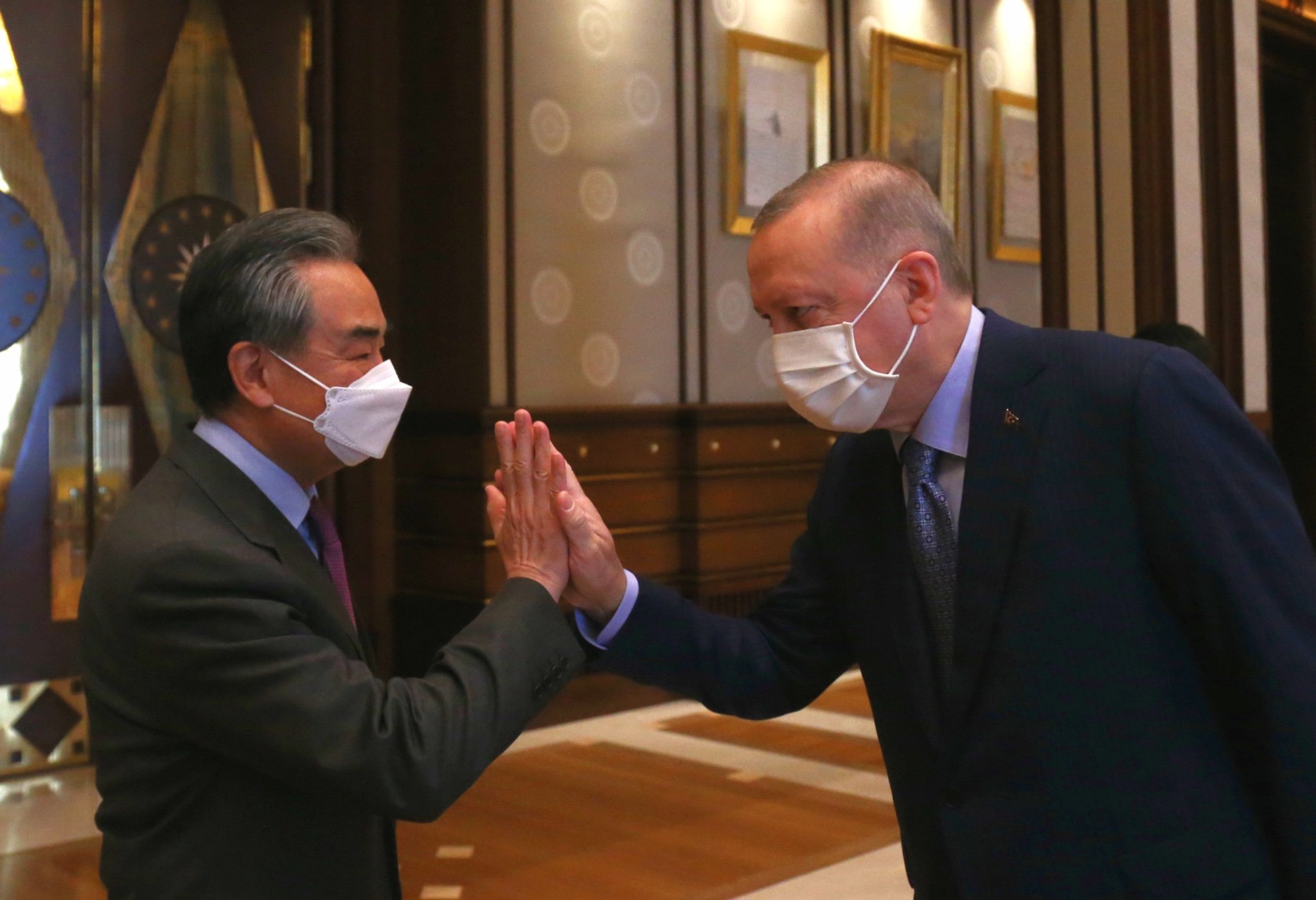
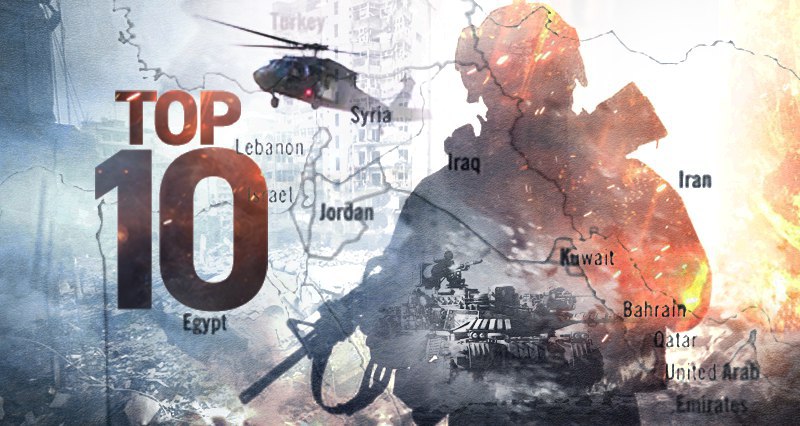


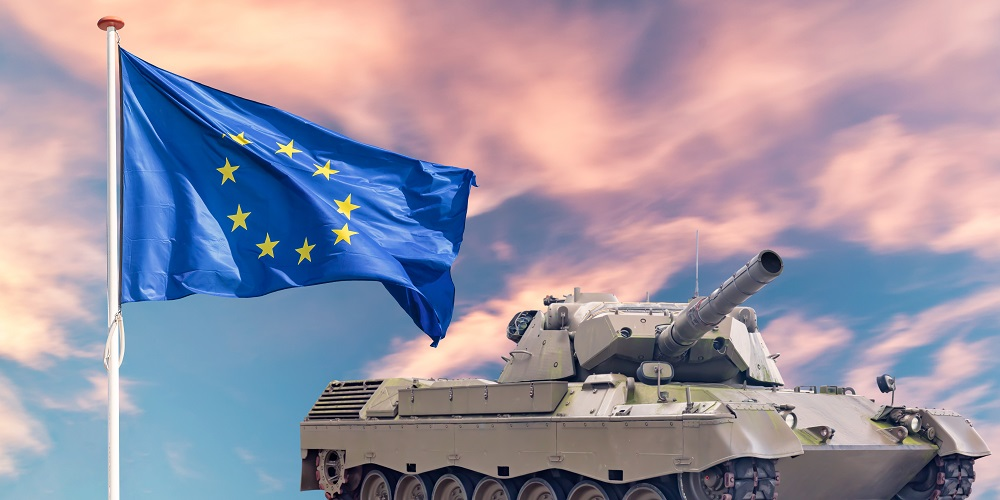
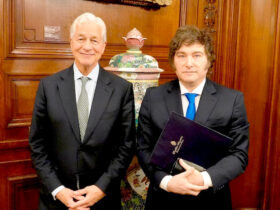



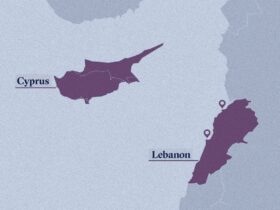




Leave a Reply